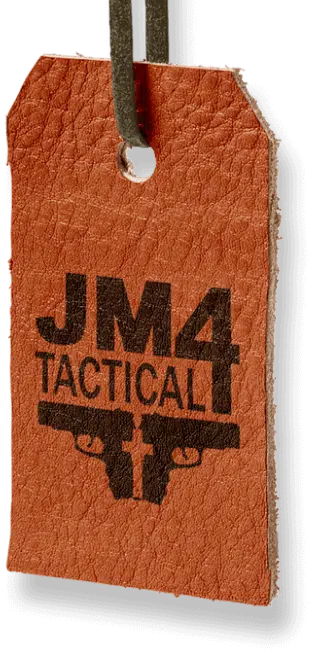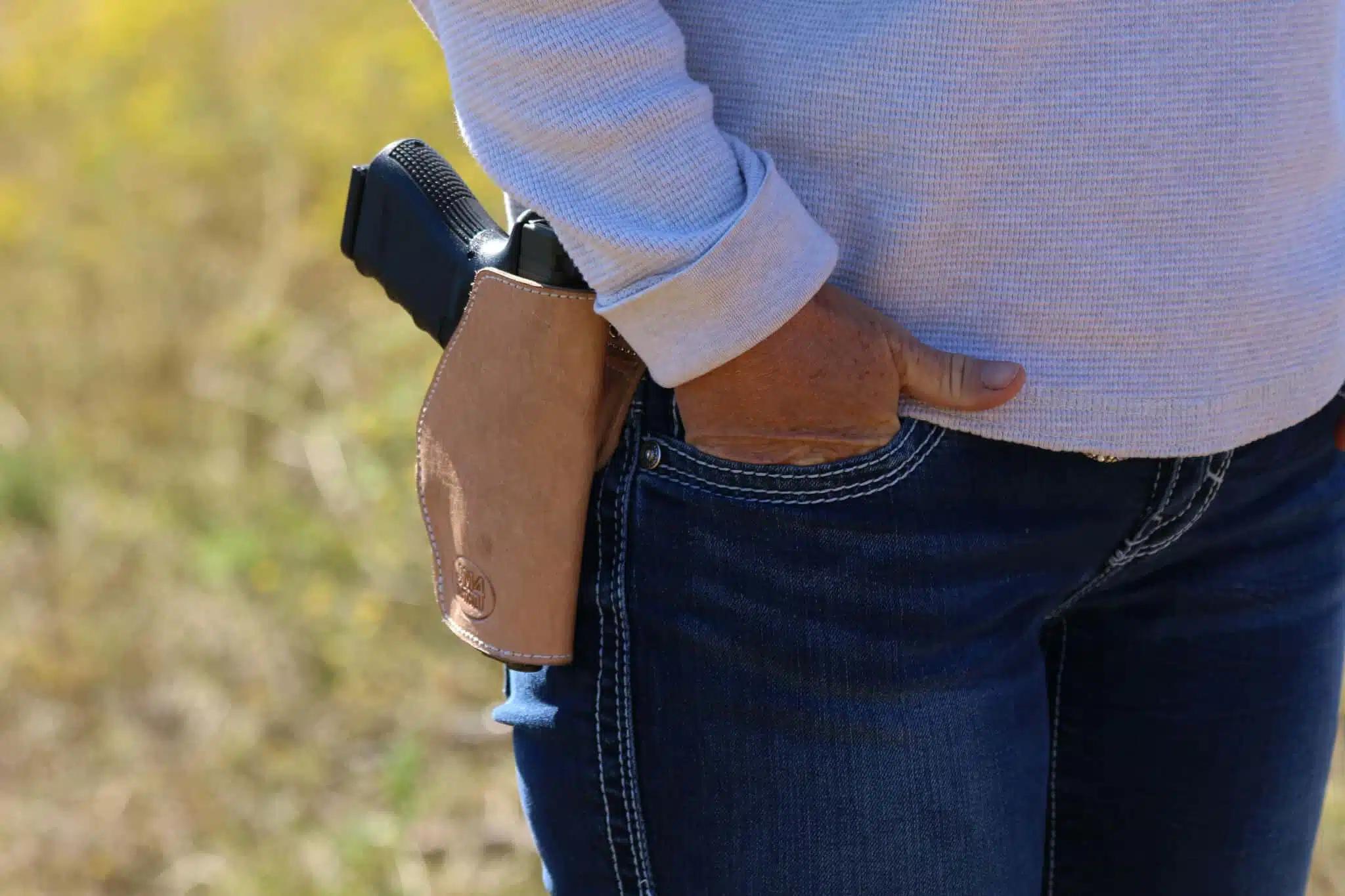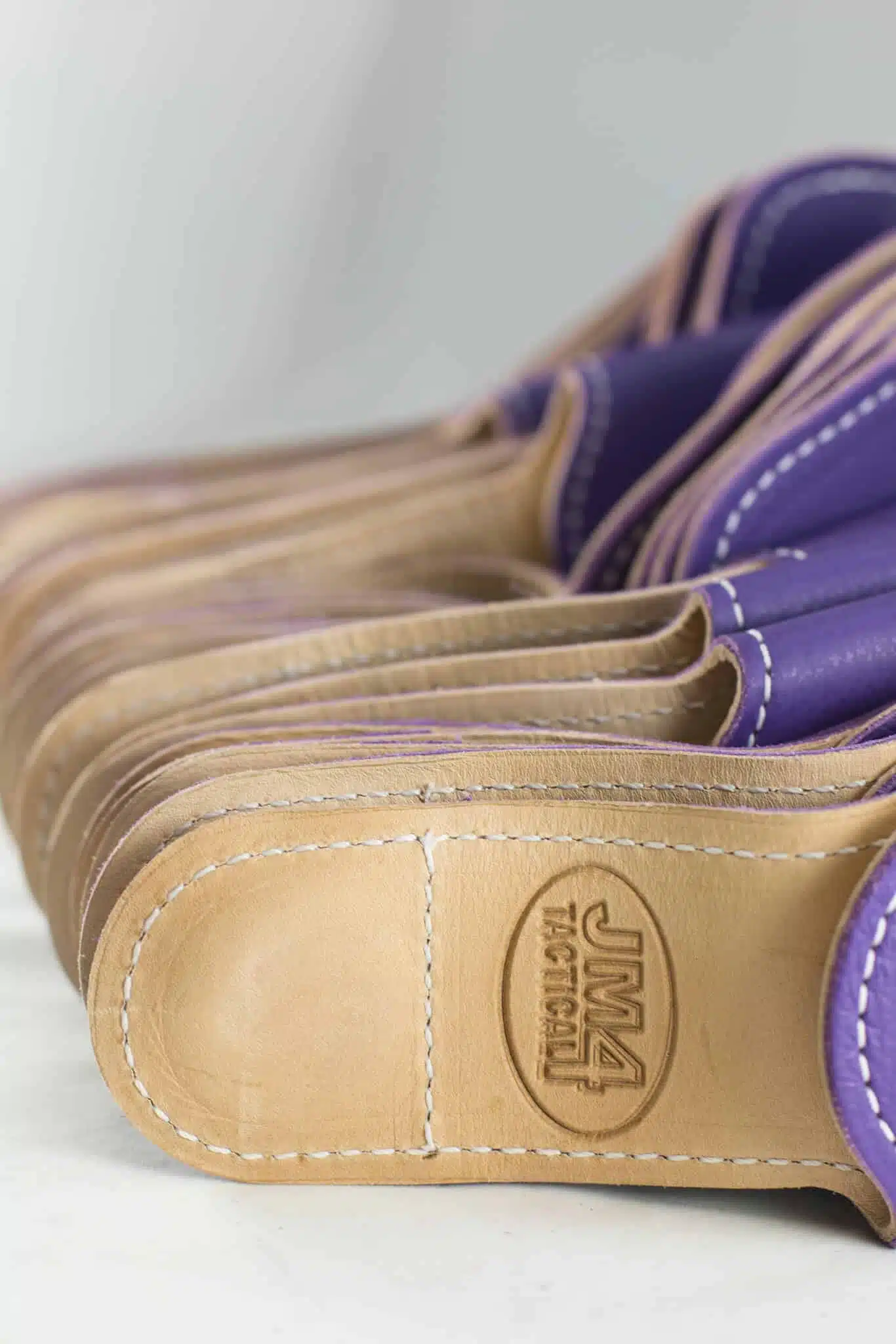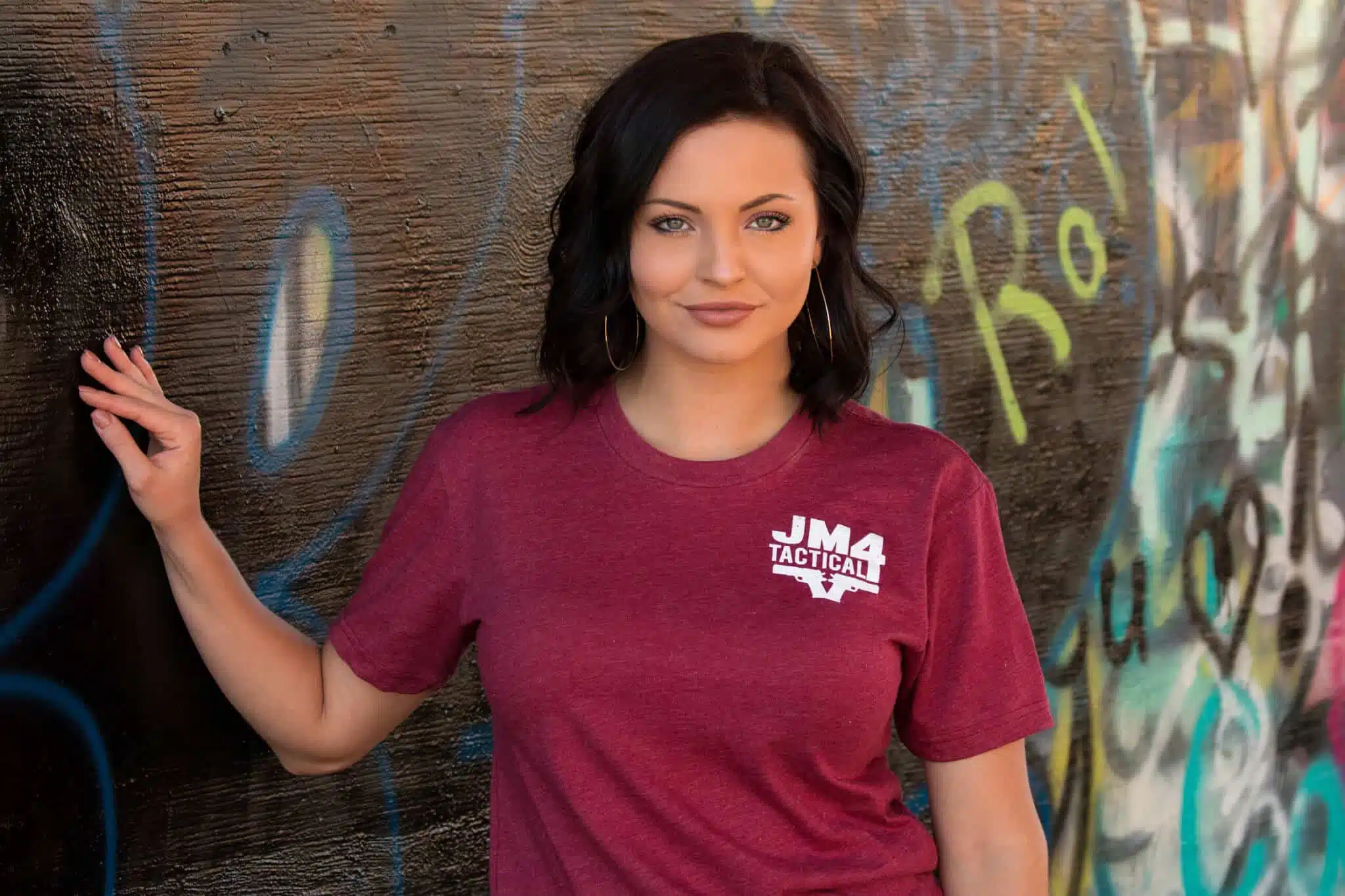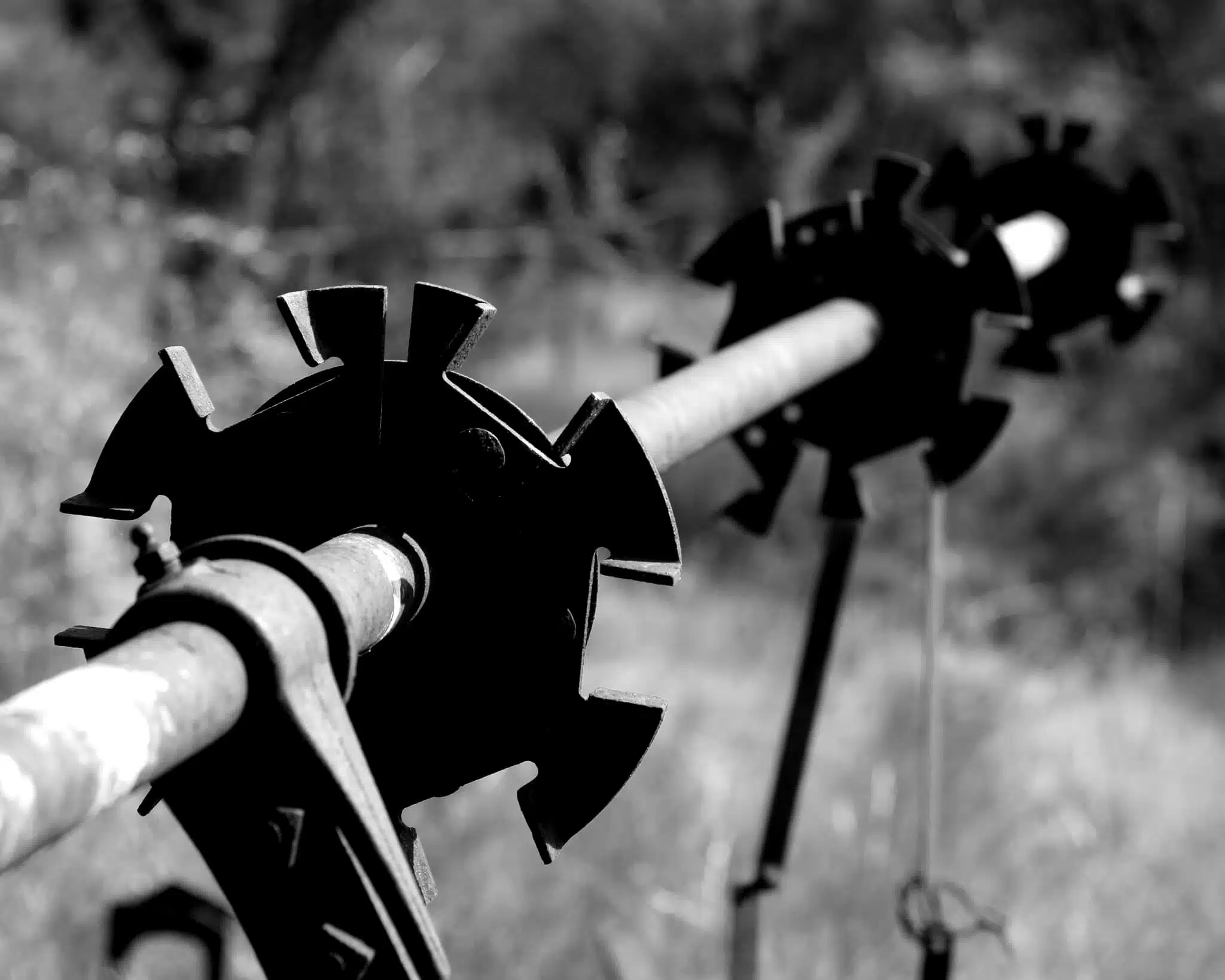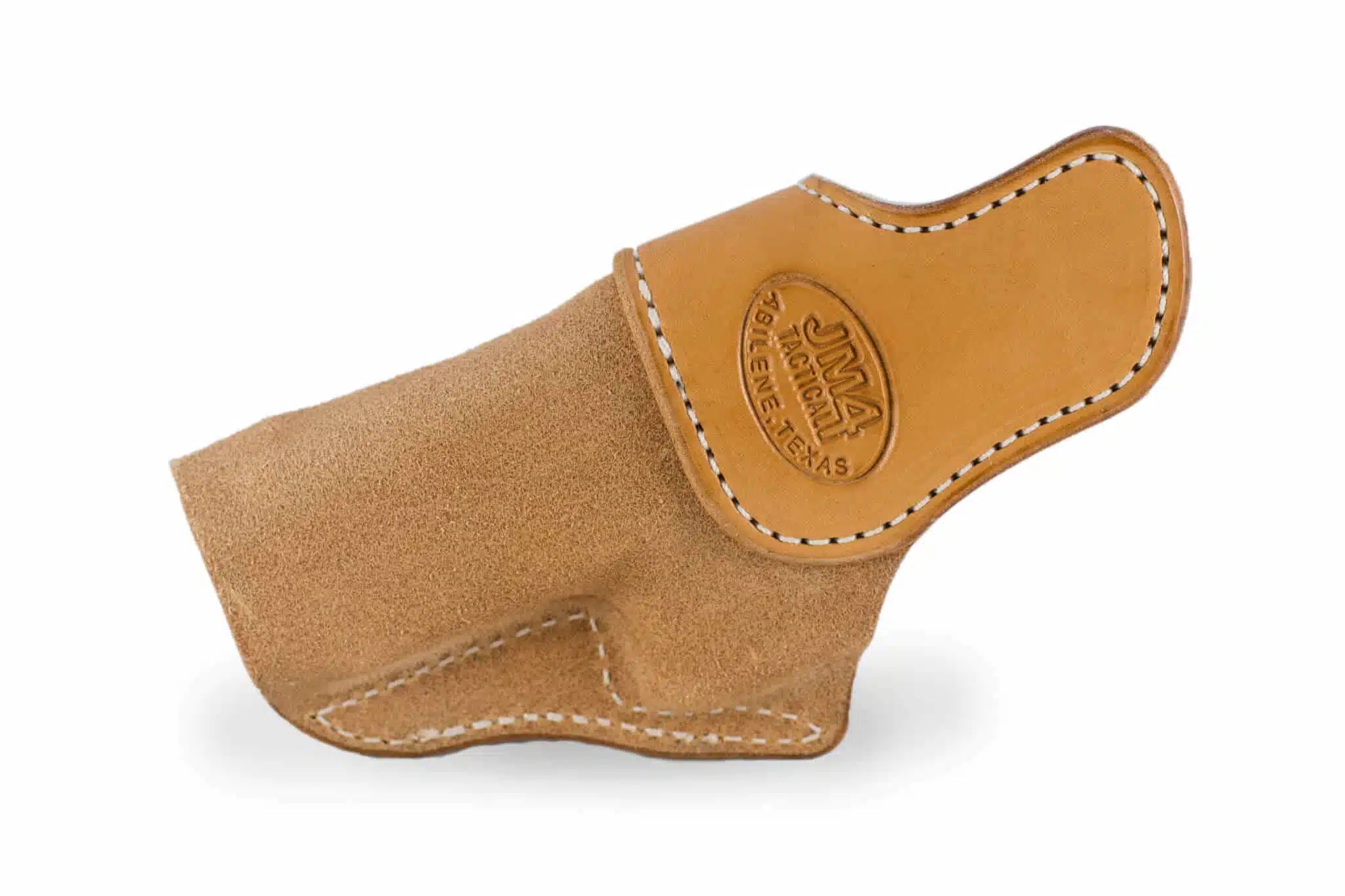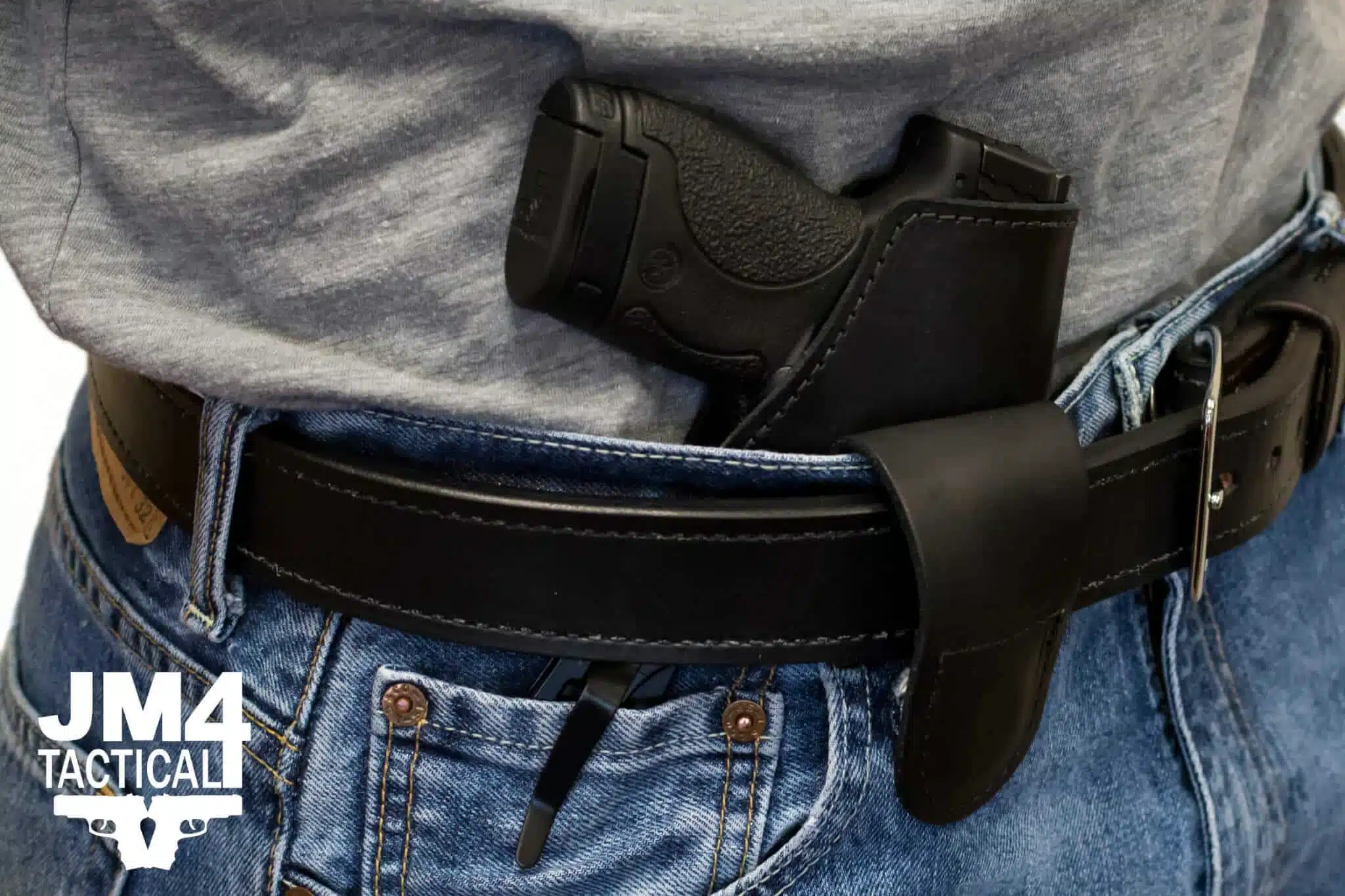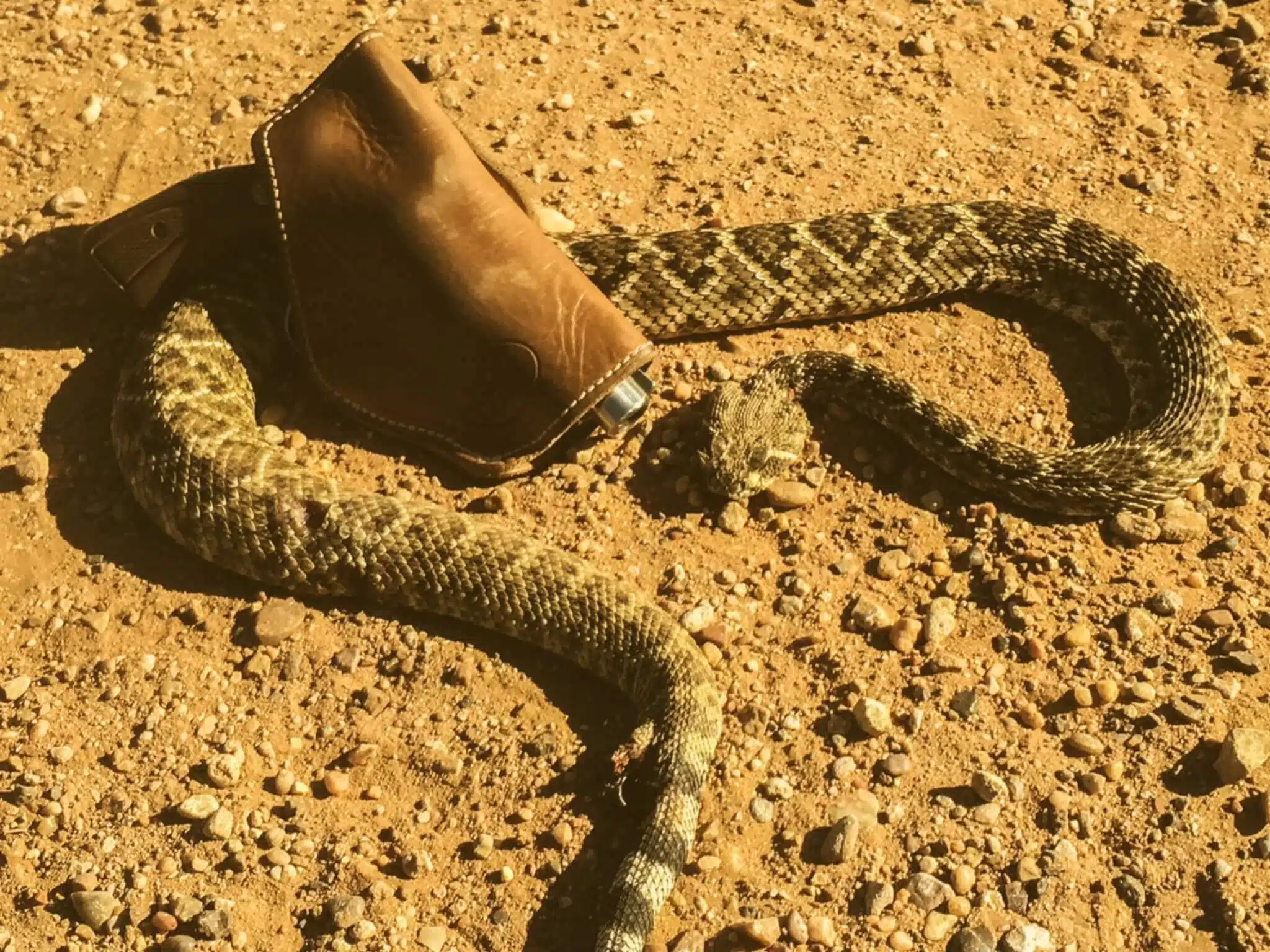Tactical Tips: Transitioning To Your Sidearm

We have all seen cool guy movies, like Tears of the Sun, where the Navy Seals are engaging a threat and seamlessly switch from their primary weapon, typically a rifle, to their sidearm. Need some tactical tips? Well, this method looks cool, but does it actually provide any utility, and could you do it in a high-pressure situation? I decided I would dedicate some time to doing transitions and here is what I found out.
Tactical tips for transitioning
First, what is the purpose of transitioning? From what I have found in field manuals, and talking with military personnel, it is typically for a few reasons. First is that your main firearm has become inoperable, maybe from a malfunction, or for another reason.
Second, is that it could be due to you running out of ammo, and switching to a sidearm is faster than reloading when you need to maintain suppressive fire on your target. Third is that you have a long gun not conducive to close-quarters battle (CQB) like a bolt sniper rifle and you need to clear a room. That said, it is a lot harder than most would think.
Tactical tips – #1
First I practiced with several different weapons as my primary, from a bolt gun, a modern sporting rifle, and a shotgun…trying to cover the most common guns people would use as a primary. Next, I would shoot the main gun, and then I would draw from concealed, or with a chest rig (I did both) to see what worked better. My concealed carry a handgun was in my Original holster at both my appendix and at my 3 o’clock position, and my chest rig was on my left side.
Tactical tips – #2
Second, that transition is greatly helped with a sling on your primary. That is usually a no-brainer for folks who have them on hunting rifles, however, I have seen a lot of modern sporting rifles (AR/AKs) where people don’t have them slung, and even less with their home defense shotgun. This eased transitions significantly and you retain your weapon, especially if you are drawing from the hip, however, I was significantly slower with my bolt gun.
The reason for that is most hunting rifles have a sling long enough to be thrown on one shoulder, versus AR slings tend to throw them crosswise across your chest. That said, with two-point slings (Or 3 point) our chest fig might interfere with a chest rig as it will hang/block the holster for your sidearm.
So why did I bring this experiment up and how successful was it? I brought it up because we offer a variety of holsters, from appendix carry, strong side IWB carry, or OWB carry, or chest rigs. If you are an avid hunter, you may be fine with an OWB or a chest rig, but that chest one might not be wise if you tend to have your AR across your chest.
How did I do? Well, I was awkward and clunky but once I got into a rhythm, I was able to transition and get rounds on target in about 1-2 seconds. Having done this while hunting hogs, after a big one soaked up all of my shotgun rounds (2xrounds of 00 Buck) and I had to drop my shotgun on the run and draw my 45 to put it down, I can tell you a sling is much preferred. That said I damn near lost my handgun as I was running, and I had a leather holster with 0 retention unlike my originals now.
Author: Ian Bolser
